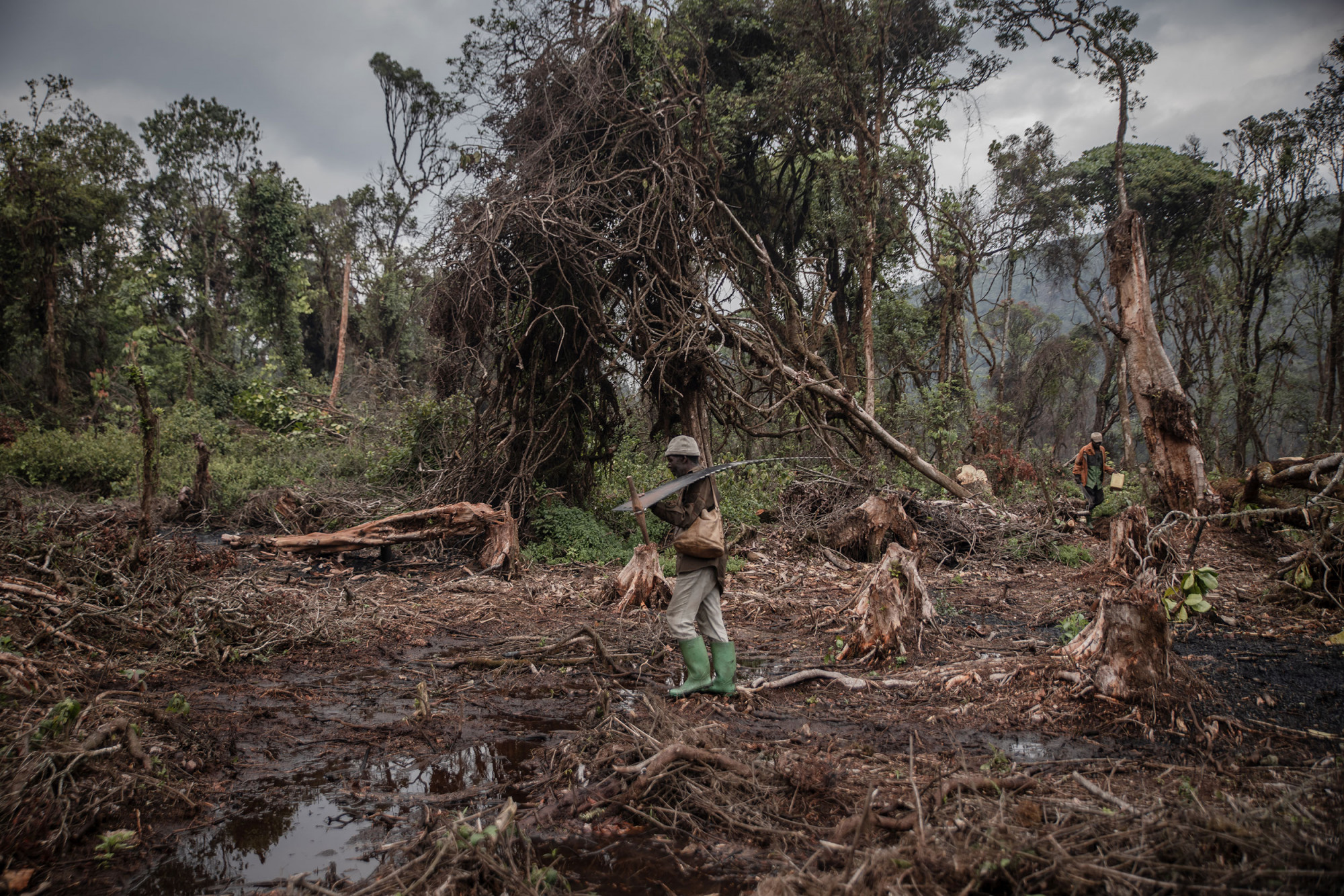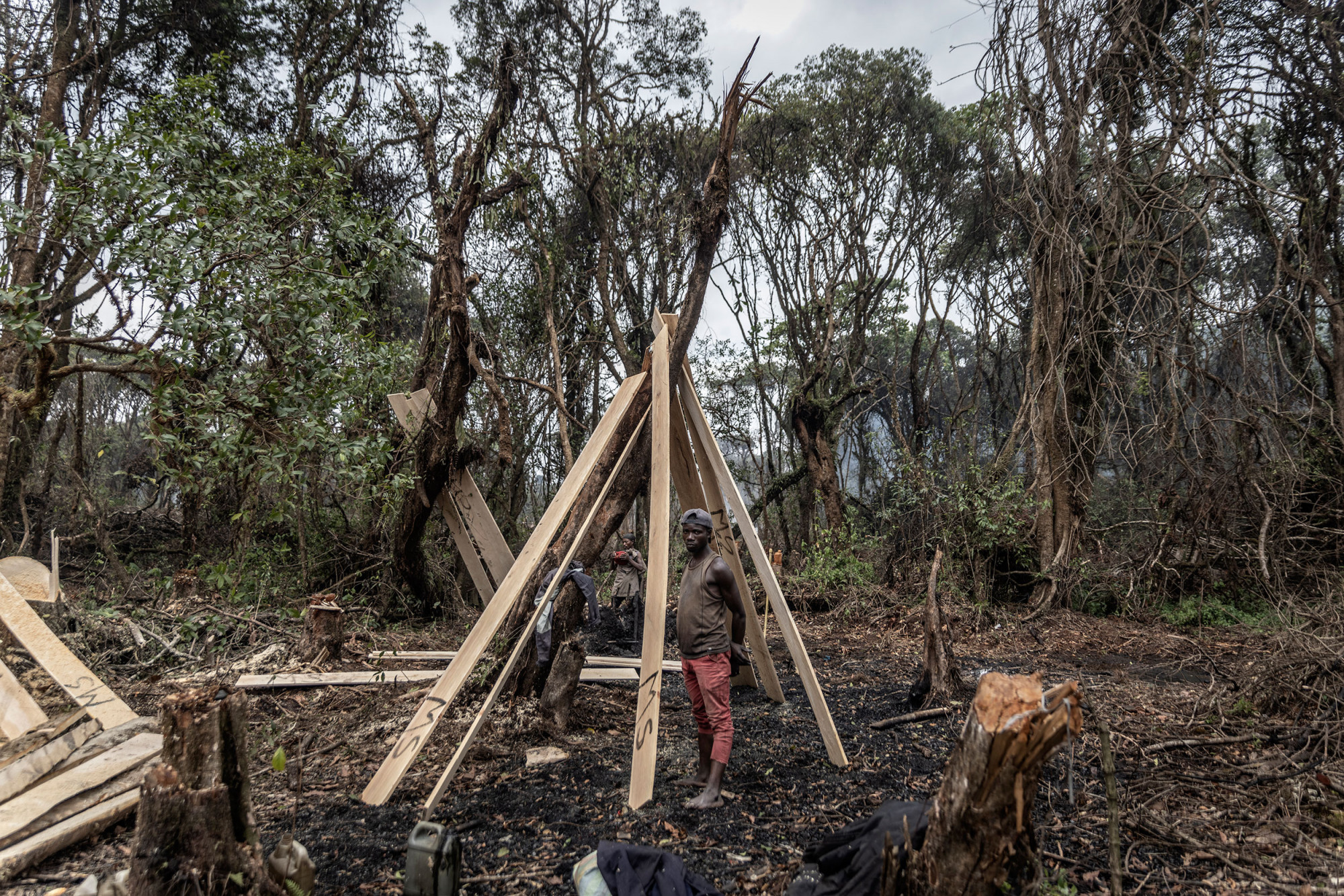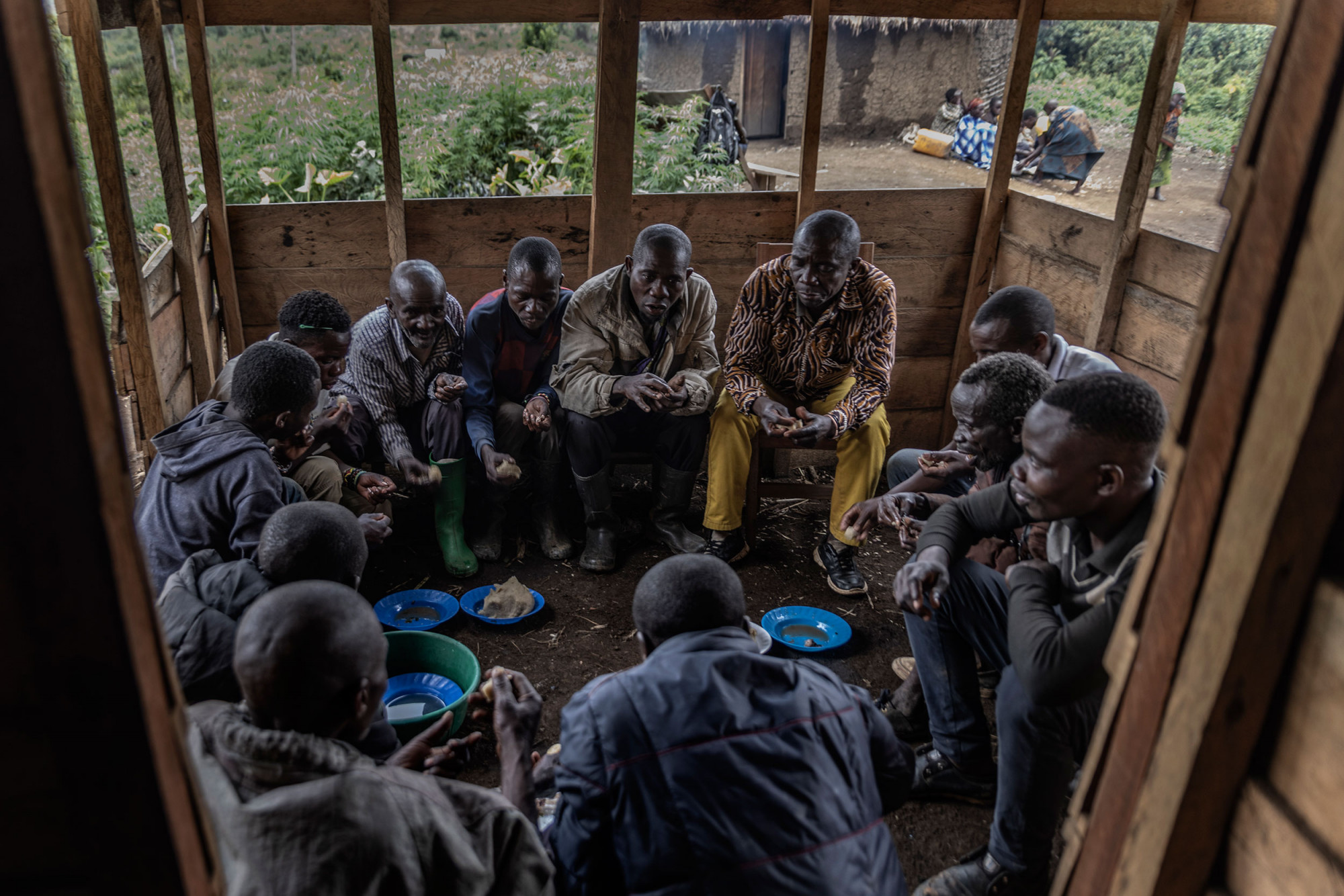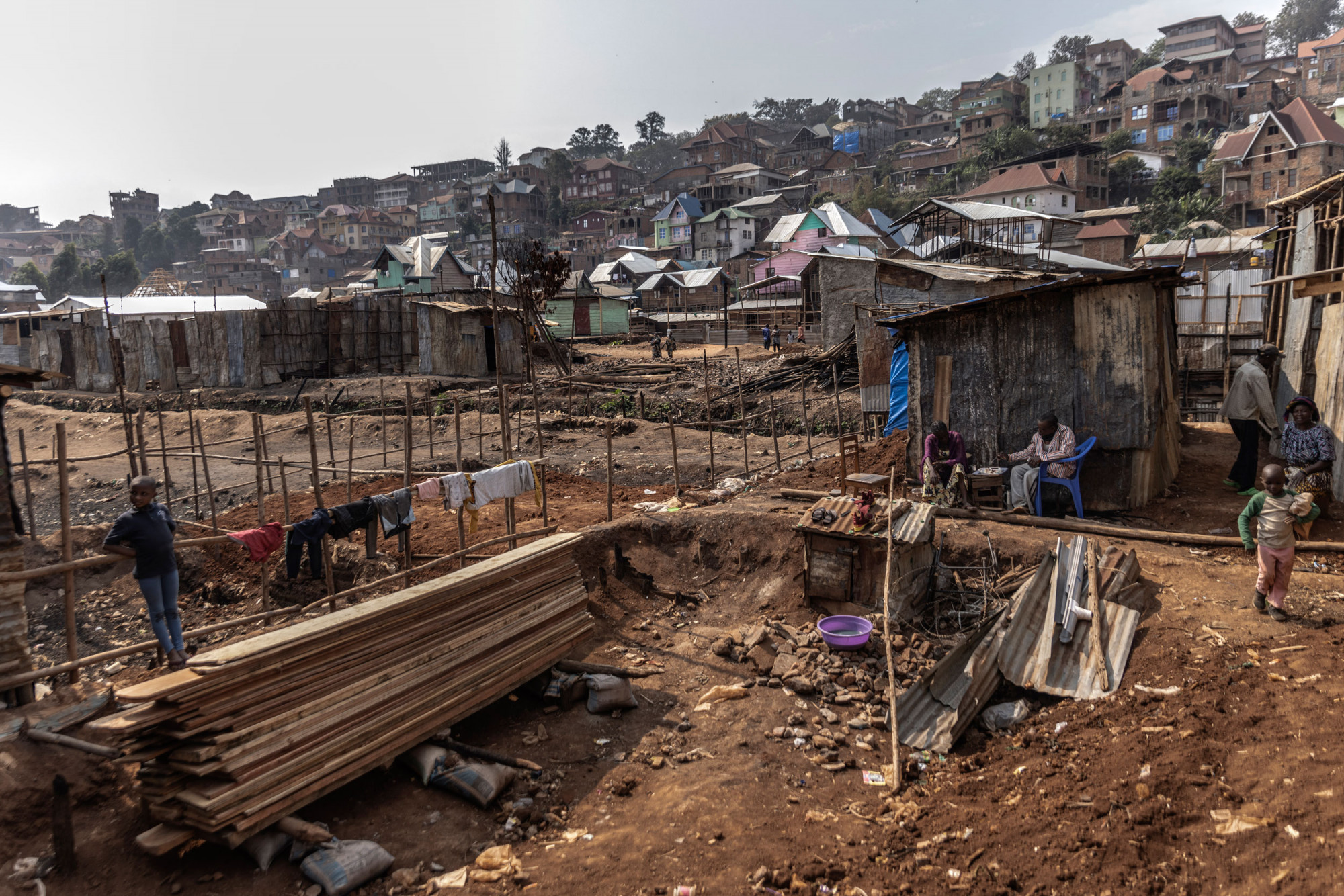

As the fourth forest country in the world and second for primary humid forests behind Brazil, the Democratic Republic of the Congo now has 155 million hectares of tropical forest, i.e. two-thirds of its area and more than half of the immense Congo Basin forest, which covers six African countries.
It is in the east of this immense territory (nearly four times the size of France) that the situation is most worrying. Of the country’s nine national parks, only one of which is located in the west, those of Virunga and of Kahuzi-Biega today concentrate the ecological and climatic threats, but also military, economic, health, demographic and social menaces facing one of the poorest countries in the world. Located in the eastern provinces of North Kivu and South Kivu, bordering Uganda and Rwanda, and ravaged for decades by external and internal conflicts, these parks and their inhabitants, animals, trees and plants, suffer the joint negative effects of logging and mining, of charcoal production, poaching of endangered species, agricultural encroachment, mixed with armed militias, corruption and the ravages of poverty.
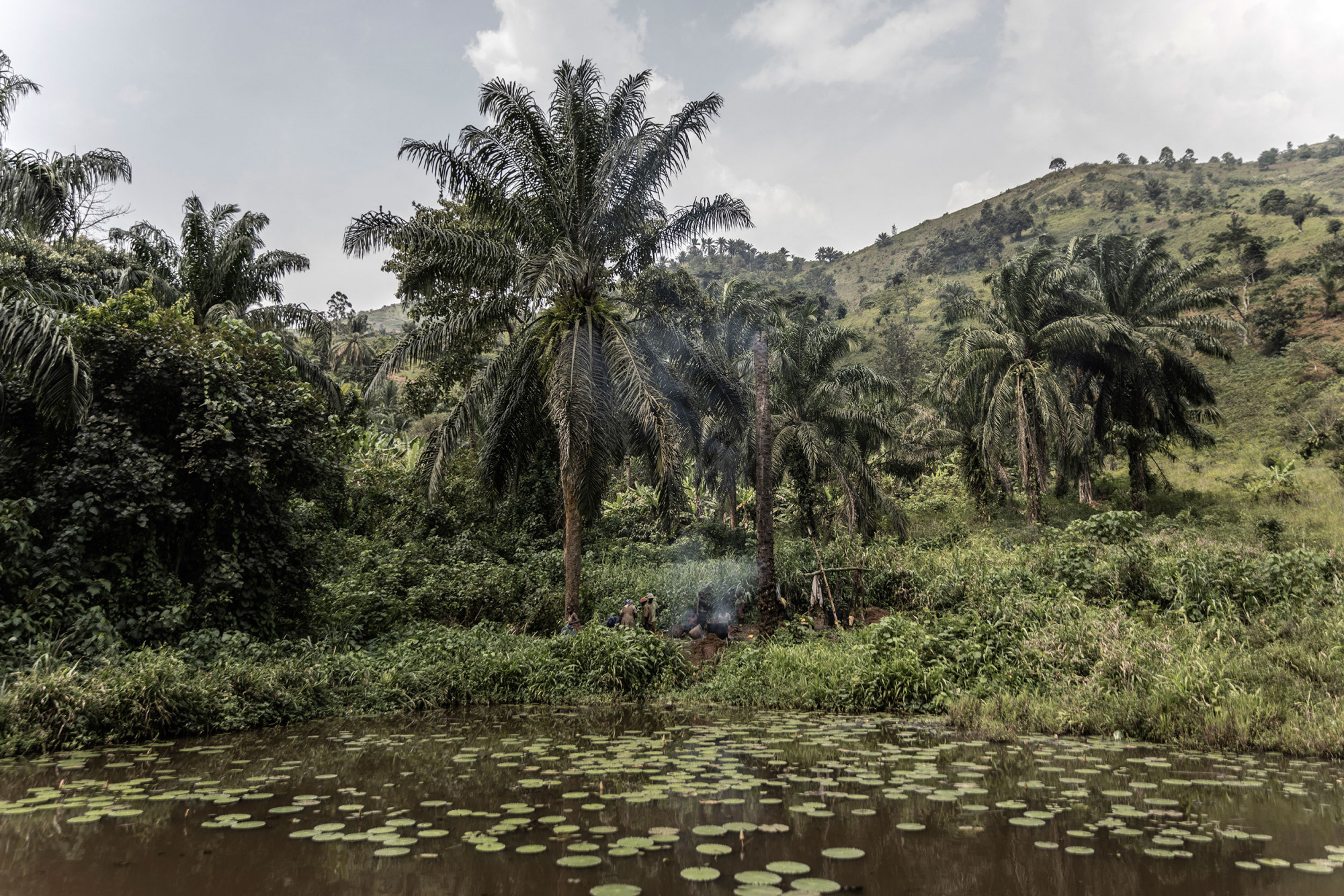

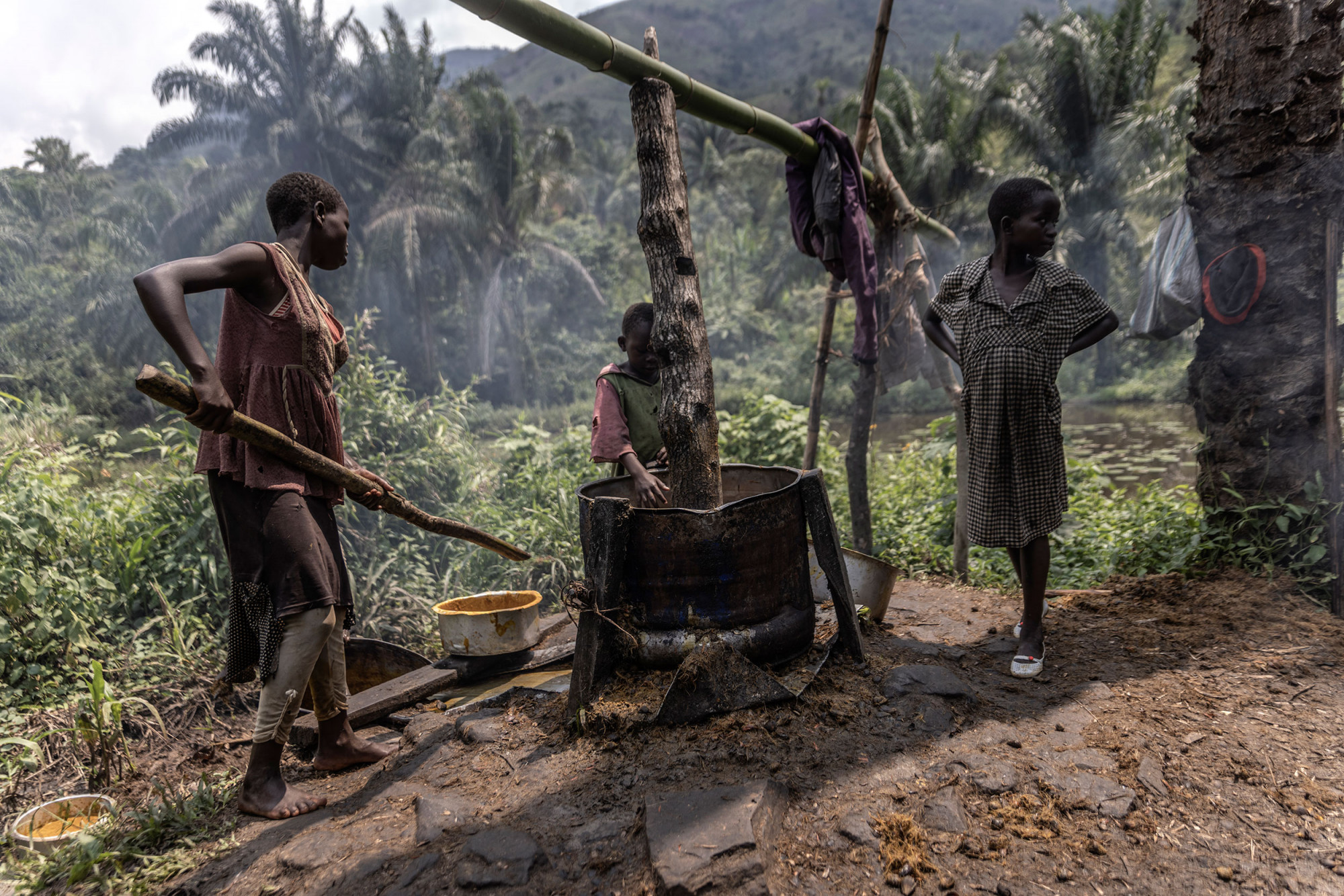
Virunga, the oldest national park in Africa (790,000 hectares) created in 1925 to protect mountain gorillas and entered in 1994 on the UNESCO List of World Heritage in Danger, is also the most dangerous in the world: more than 150 eco-guards have been murdered there in ten years, out of a usual workforce of 600, facing more than 5,000 militiamen scattered throughout the forest sanctuary. Their most lucrative illegal activity is “black gold”, namely the virtually industrial production and distribution of charcoal from deforestation, whose stakeholders they control (loggers, charcoal burners and sellers) and from whom they collect most of the profit, estimated to represent some $ 35 million per year, a large part of which feeds corruption. In the absence of regular electricity, the million inhabitants of Goma, the capital of North Kivu, need firewood, and also construction wood supplied by sawmills, which are often equally as illegal …
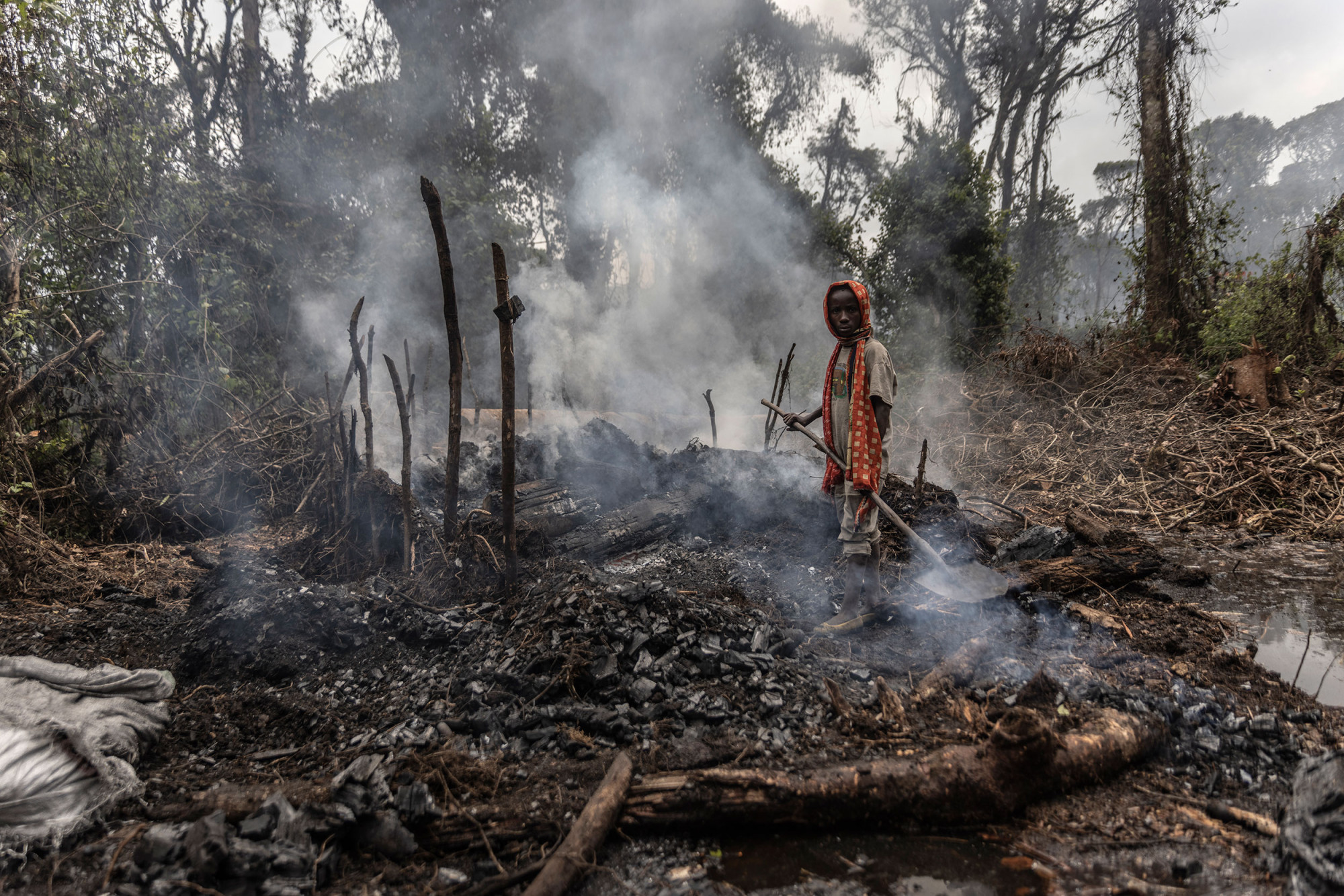
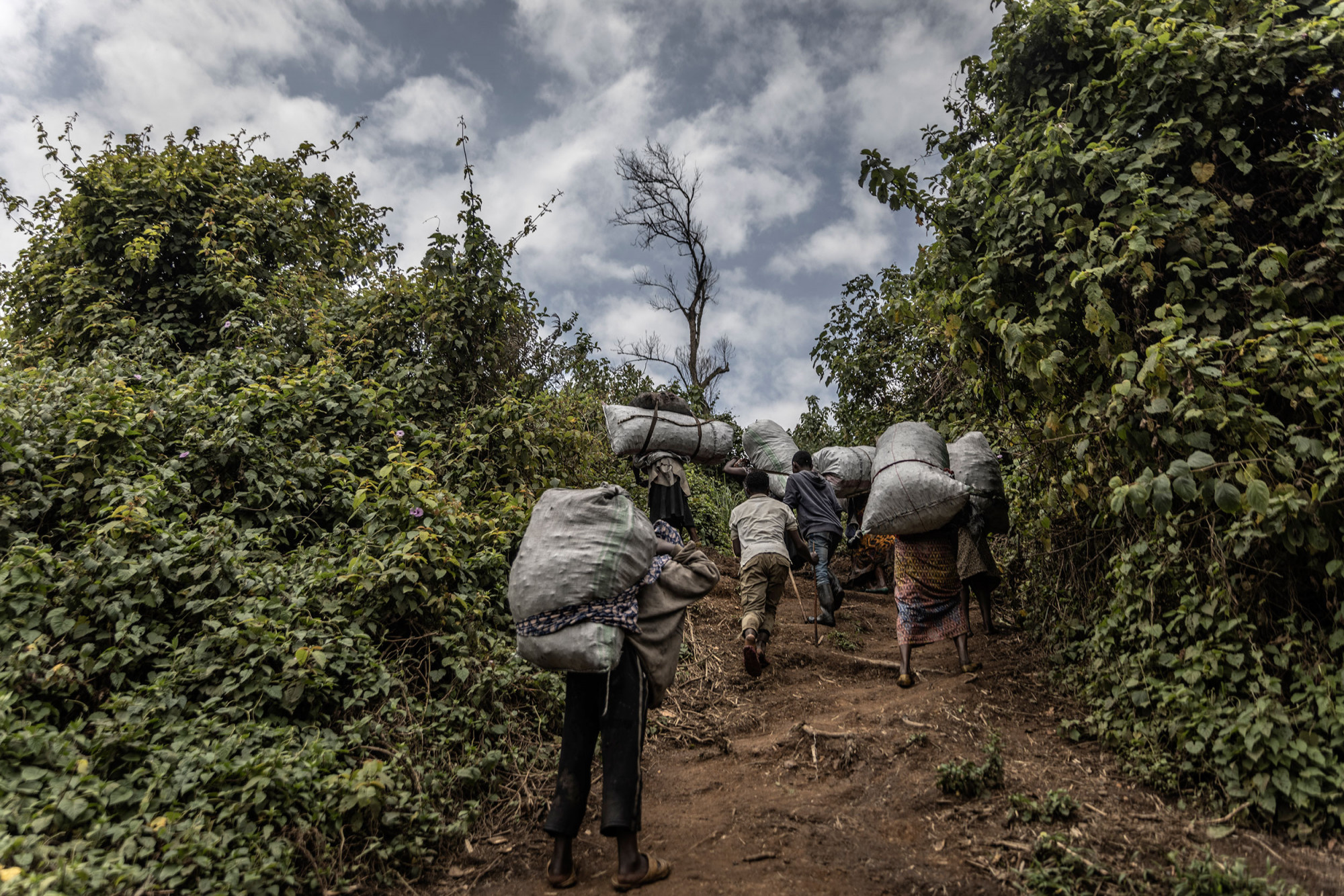
The country’s second most important site in terms of biodiversity, endemism and endangered species – including 349 species of birds, 136 species of mammals and 14 species of primates including Grauer’s gorilla – Kahuzi-Biega National Park (600,000 ha), created in 1970, suffers from similar ailments: poaching (here of Grauer’s gorillas and forest elephants), clandestine mining (nearly 1,000 sites listed), logging – which affects between 10% and 20% of the total surface area – illegal establishment of livestock farms and uncontrolled development of palm oil plantations, whose disastrous impact on the environment is known.
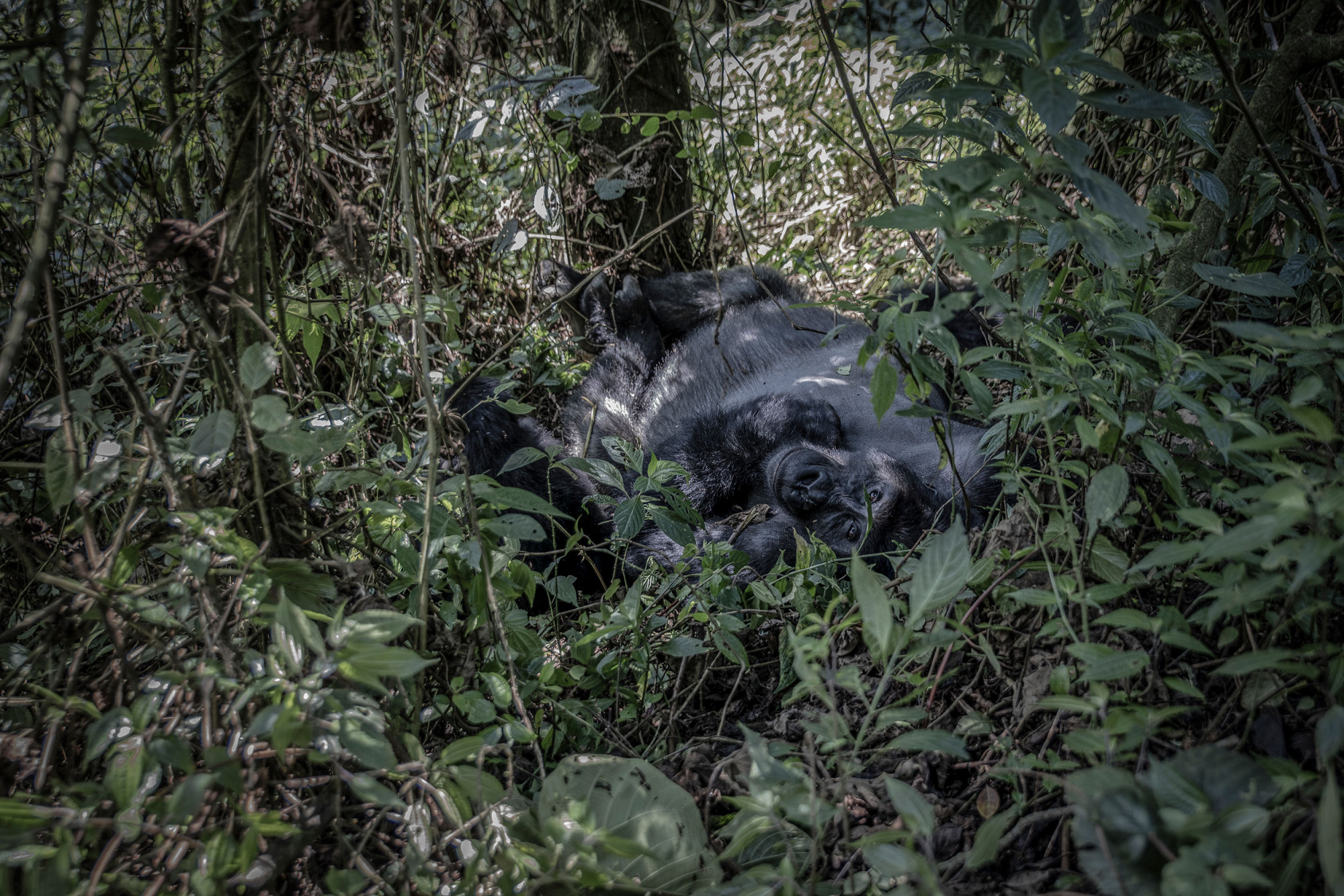

As the photo reports produced by Guerchom Ndebo for the Fondation Carmignac forcefully show here, the people living near the parks and in the forests, caught between the twin grip of precariousness and insecurity, survive as best they can in an environment ravaged by greed, but also by need. Until when will the riches of the Congo be a curse for its inhabitants?

